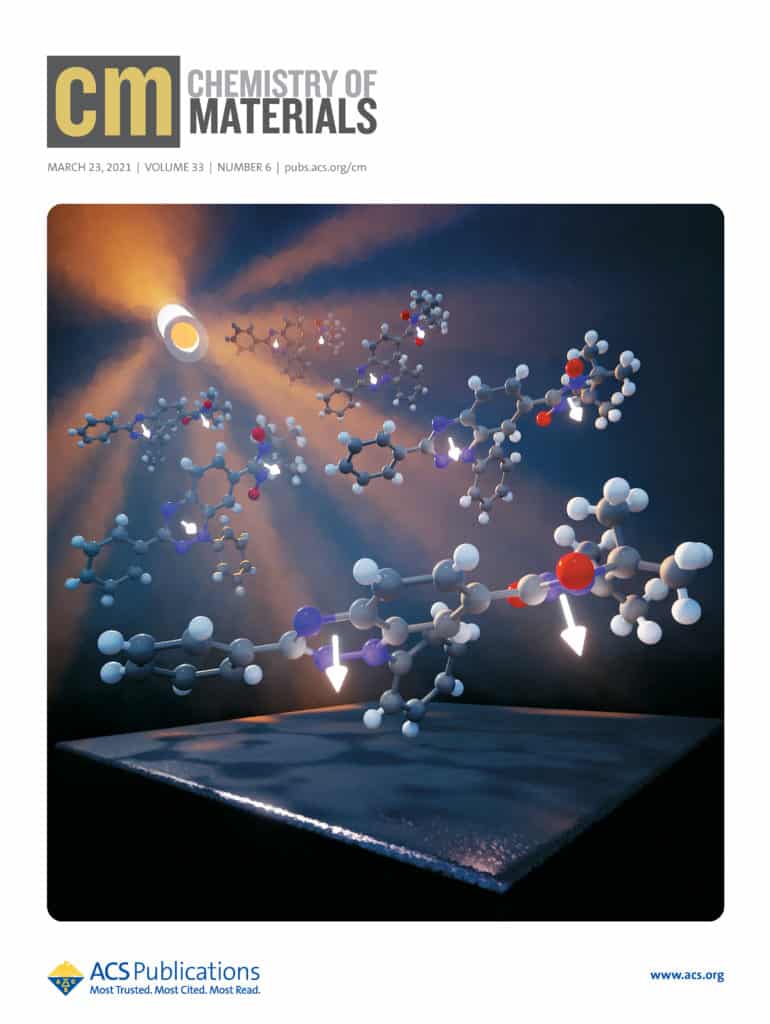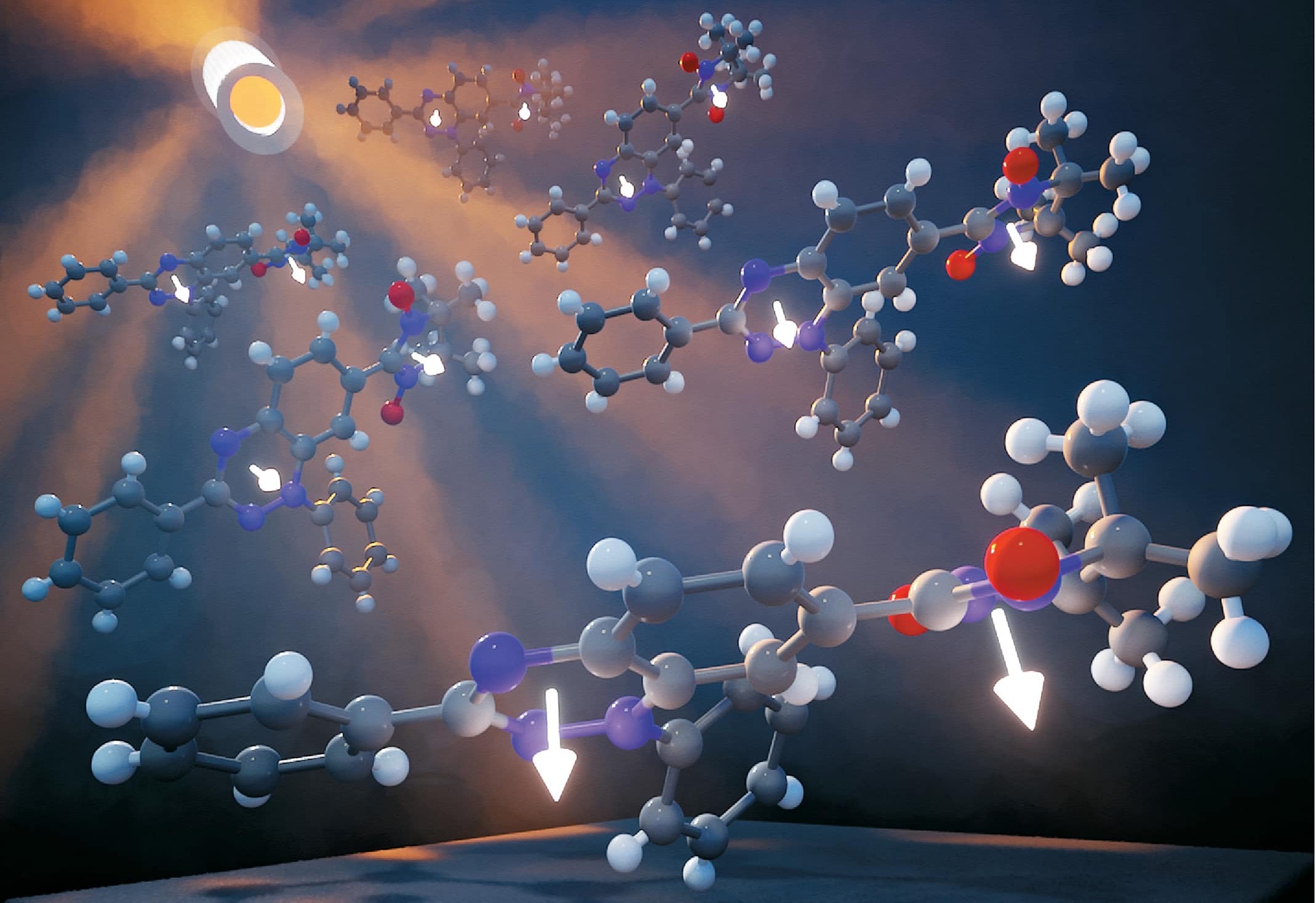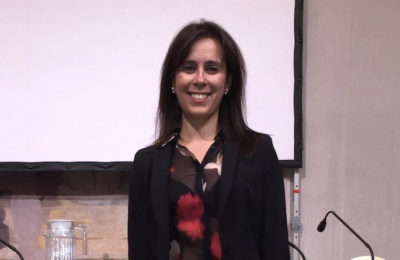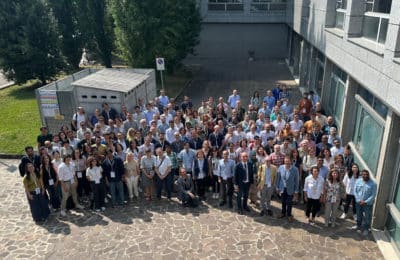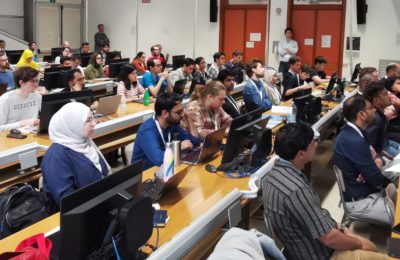Arrigo Calzolari’s recent paper “Challenges in Controlled Thermal Deposition of Organic Diradicals” hits the cover of the last issue of Chemistry of materials journal (March 23, 2021, Volume 33, Issue 6).
Arrigo Calzolari from CnrNano and Maria Benedetta Casu from the University of Tubingen, in collaboration with colleagues from University of Nebraska, Max Planck Institute for Polymer Research, Mainz and Helmholtz-Zentrum Berlin, demonstrated that it is possible to evaporate diradicals in a controlled environment without degradation. The presence of two radical sites makes the molecules reactive, and difficult to deposit in thin films that are necessary for any realistic application.
Researchers explored the parameters that play a role in this phenomenon. They found that the higher the formation energies of the crystal, the more difficult is the evaporation of intact radicals, as well as that large delocalization of the unpaired electrons helps the diradical to stand evaporation.
Read the complete article.
